About Project Frame
Project Frame is a nonprofit program convened by Prime Coalition, purpose-built to organize investors around forward-looking emissions impact methodology and reporting best practices.
Our mission is to mitigate climate change by demystifying climate investing and improving IMM to drive capital towards the best possible climate solutions while galvanizing a network around transparency, accountability and collaboration.
Our work is rooted in a collaborative approach, inviting climate investors and subject matter experts to contribute to developing and improving industry standards for Impact Measurement and Management (IMM).
Who We Are
-
The Project Frame Steering Committee consists of a growing group of investors dedicated to measuring future emissions impact. Each investor brings a legacy of valuable experience and expertise in the climate space and is actively evolving to reach consensus on best practices. Steering Committee members also dedicate staff to support various Project Frame working groups and initiatives.
-
Project Frame’s Content Working Group works to build consensus around the terminology, methodologies, and best practices for investors dedicated to assessing and reporting forward-looking emissions impact.
Project Frame's 2024-25 Content Working includes two subgroups:
Case Study Working Group, co-led with Climate Collective.
The 2024-25 Case Studies Working Group includes: Breakthrough Energy Fellows, China Climate Investments, ClimatePoint AS, EF Polymer Private Limited, Energy and Environment Investment, GenZero, GLIN Impact Capital, Green Artha, IROLLER Capital, Japan Ministry of Environment, Mana Impact, Omnivore, Saltech Design Labs, SK CSES (Center for Social value Enhancement Studies), Undivided Ventures, Urdhvam Environmental Technologies Pvt Ltd, and Vivriti Capital Limited.
Methodology Working Group, in close collaboration with World Business Council on Sustainable Development.
The 2024-25 Methodology Working Group includes: 2150, AENU, Allianz Global Investors, APG, Ara Partners, Azolla Ventures, BCG, Blue Earth Capital, Bridges, Carbon 13, Carbon Equity, Ceres, Clean Energy Ventures, Climate Dividends, Climate Investments, Driftwood Climate, Energy Impact Partners, Emerald Technology Ventures, Energy Environment Investments, EQT, Future Energy Ventures, Galvanize Climate, Generate Capital, Generation. Helios LLP, JTNL Advisory, Just Climate, Lightrock, MoreScope, Neuberger Berman, PGGM, Planet A, Prime Coalition, Siemens-Energy, Rho Impact, The Roda Group, Towerbrook, Trill Impact, Vidia Equity, WBCSD, World Fund, Zero Carbon Capital, and Vision Ridge.
-
Project Frame’s Data and Tools Working Group is collaborating to analyze and enhance the available tools in the marketplace for forward looking emissions impact. It is co-convened by Prime Coalition and World Fund.
2022 Data and Tools Working Group members include:
Alberta Ecotrust, Autodesk Foundation, Azolla Ventures, Blackhorn Ventures, Clean Energy Ventures, Climatescape, Climate Investment (CI), Innovation, Science and Economic Development Canada, Kara, Nysnø Climate Investments, Persefoni, Rho Impact, Scope Four Capital, Third Derivative, Tideline, Triple Point, True Ventures.

By The Numbers
1,300+
observing
members
400+
investment firms
700+
organizations
Cumulative as of March 2025
Project Frame builds consensus-based and science-backed forward-looking emissions impact methodology and reporting standards that are complemented by additional resources including investor profiles, topic-specific publications, public discussions, and a glossary to encourage industry-wide consistency.
Project Frame’s work is driven by its values and principles.
What We Do
Values
Integrity
Transparency
Ambition
Commitment
Inclusivity
Humility
Principles
Project Frame’s principles were developed for our unique audience and to complement the Greenhouse Gas Protocol, Principles for Responsible Investment, and other frameworks.
When applied with a methodological framework, the Project Frame community hopes these principles will support more reliable reporting and investments for the reduction of future greenhouse gas (GHG) emissions.
-
Forward-looking GHG impact assessment should inform capital allocation and management decisions for an investor, entrepreneur, or project developer, by providing a better understanding of the direct mitigation (direct impact), indirect GHG emissions reduction (indirect impact), or system enablement potential (induced impact) of the project, or of the technologies or solutions offered by the venture.
-
When assessing the future GHG impact of a project or a venture, the impact evaluator should appropriately define and communicate the system impacted, and reflect all the direct, indirect or induced GHG emissions reductions made possible by the venture or project within the system boundaries, for early stage technologies and companies this will very likely be affecting the scope 1 & 2 emissions of another party. including but potentially beyond its own scope 1, 2, 3 emissions.
-
Impact evaluators should seek to quantify as much as possible all relevant direct, indirect or induced future GHG emissions reductions impact (whether potential or planned) within the defined system boundaries in defined time horizons. We will provide further guidance on direct and indirect effects via Frame.
-
System-enabling technologies or solutions whose impact cannot be quantified should be appropriately characterized and recognized for their impact contributions (this includes possible negative impacts).
-
Any baseline against which the projected GHG impact assessment is made for new projects or technologies or solutions should be clearly articulated, including whether the analysis takes a static (status quo baseline) or a dynamic baselines (which takes into account likely future developments in baseline technology or markets which would increase or decrease GHG emissions, absent those new projects or technologies).
-
A common terminology should be adopted by impact evaluators, in order to help stakeholders navigate GHG impact assessments and facilitate the comprehension of their meanings. Access Frame’s growing glossary of terms here.
-
A systematic forward-looking GHG impact assessment methodology should be followed throughout the commercial life of the venture or project, necessitating a degree of consistency between data, assumptions, and measurement approaches used during different stages of the venture or project’s existence and under different sets of owners and impact evaluators. Access Frame’s methodology for forward-looking GHG impact assessment.
-
The methodology used and assumptions taken for GHG impact assessment should be documented by impact evaluators, to provide transparency and comparability across investors, companies and projects and to facilitate best practices and sharing.
-
Impact evaluators shall make no excessive or misleading claim as to the venture or project’s role or contribution regarding its direct, indirect or induced impact. Investors assessing the future GHG impact of their portfolio should not make any excessive or misleading claim as to the ownership of the carbon emissions reduced by their portfolio companies and projects.
-
Input data used (e.g., baselines, future markets trends and technology adoption) should align with reasonable and commonly referenced data and scenarios.
-
The risks to each venture or project achieving its impact potential should be assessed, and assessment accuracy should be adapted to the time horizon of the forward-looking GHG impact assessment, recognizing that uncertainty grows with the horizon of the assessment.
-
Forward-looking GHG impact assessment methodologies should be reviewed and improved based on lessons learned and the impact realization as actual impact data becomes available through the deployment of the project or the venture’s products and services. We encourage transparent reporting through impact or ESG reports and encourage investors to have their impact report independently reviewed.
-
GHG values should not be overestimated. It is a best practice to be conservative when data and assumptions are uncertain and update estimates over time
Have a question about Project Frame?
Check out our Frequently Asked Questions.

